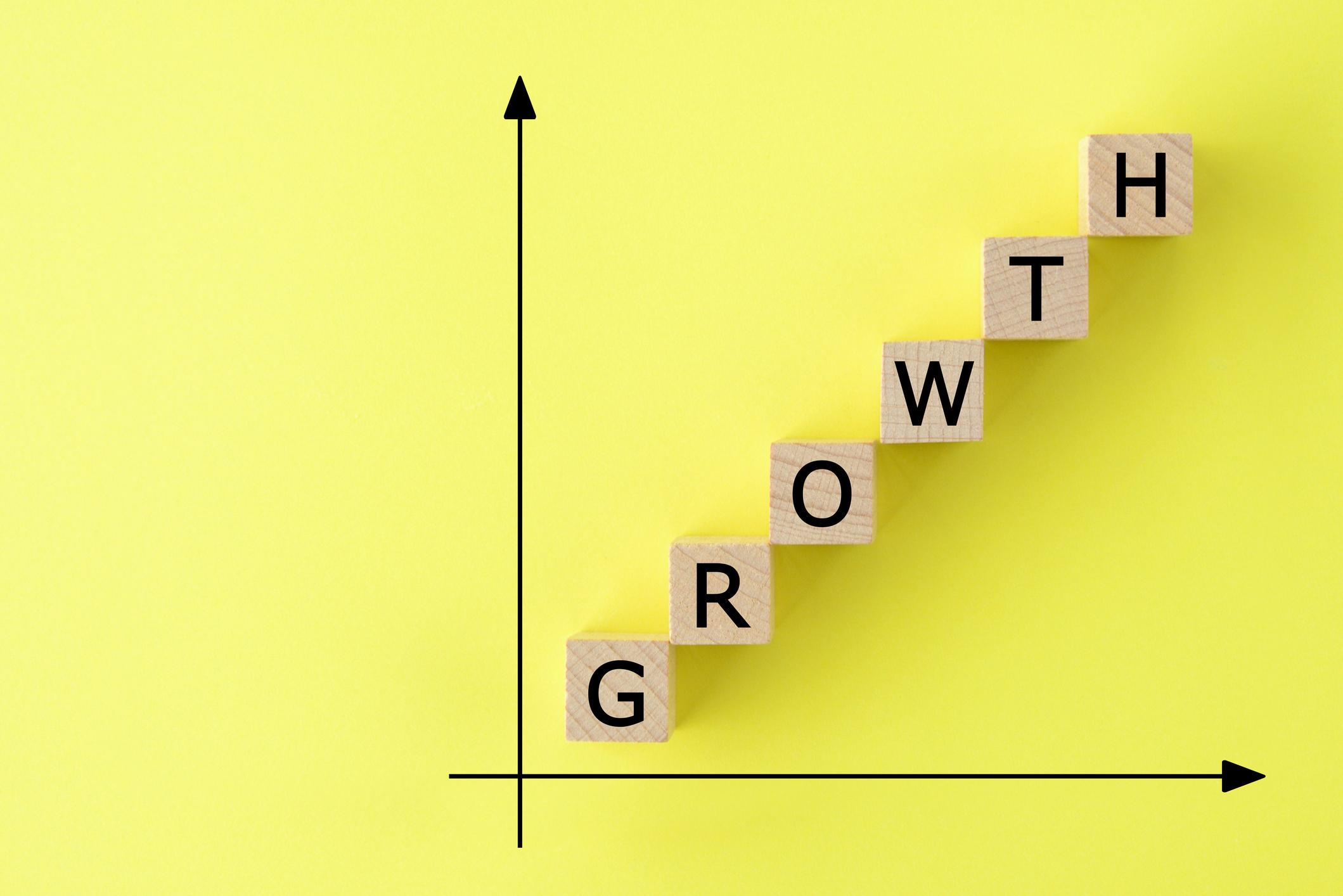Best 5-Year CD Rates
The best 5-year CD rates earn you up to 4.15%, outpacing inflation and helping you meet long-term savings goals.

Elena Terrazas Chesney
Having an effortless option to store your money and a guaranteed rate of return can give you peace of mind in these uncertain times. And with the best 5-year CD rates, you can earn a healthy rate of return and outpace inflation.
They're perfect for savers who need a risk-free way to meet saving goals. Whether it's saving for a trip around the world, life during retirement or helping your child pay for college or save for a down payment on a home, a longer-term CD can help you get there.
Best of all, if you lock in one now, you won't have to worry about future rate cuts.
You can use the tool below — powered by Bankrate — to compare CD rates below.
Why open a CD?
A CD is a type of investment account that holds a fixed amount of money for a fixed term. The APY associated with a CD account is usually higher than that of a traditional savings account, so you’ll be able to earn more thanks to compound interest.
Our savings calculator can help you determine just how much you’ll earn in interest once your CD term ends.
Unlike savings accounts, though, you won’t be able to access the cash in your CD before the end of the term, or you’ll be met with a fee.
Therefore, it’s a good place to put aside cash you don’t intend on using until a future date — maybe you have a kid in high school and want to save some money to help them out with college expenses.
If you're concerned about liquidity, consider a no-penalty CD. These are shorter-term in nature but also give you quick access to your money in case you need it.
CDs are also good options for anyone looking for a fixed, predictable and safe return on their savings. This is because most CD accounts are FDIC or NCUA insured, meaning up to $250,000 per account is safe if the bank goes under.
The difference depends on whether you open an account with a bank (overseen by the FDIC) or a credit union (regulated by NCUA).
Short-term vs. long-term CDs
It can be easy to choose between a 1-year CD and a 5-year CD if your money is going toward a particular savings goal. For example, you may be getting married in one year, so it would make sense to open a CD with a similar term.
On the other hand, if you’re looking to open a CD with no particular savings goal in mind, you’ll need to consider how long you'll be able to reasonably go without accessing your cash. If you open a 5-year CD and then realize you need to withdraw that cash at the 3-year mark, you'll have to pay a fee, offsetting any interest earned.
The other thing to keep in mind is that future rate cuts are coming. The Fed cut rates in September based on low job reports and will likely issue one to two more rate cuts to end this year.
Therefore, if you're looking to maximize savings opportunities, now is the time to do so.
With this in mind, here are the best options to consider:
Top 5-year CD rates
Account | APY | Min. Deposit |
|---|---|---|
4.15% | $500 | |
3.97% | $500 | |
3.91% | $500 | |
3.90% | $500 | |
3.90% | $500 | |
3.80% | $5,000 | |
3.75% | $500 | |
3.60% | $1,000 |
Pros and cons of CDs
Pros:
- CDs offer guaranteed returns on deposits
- Fixed rates on CDs mean that even if rates fall, the APY on your account will remain the same since it's fixed
- Most CD accounts from banks and credit unions are federally insured for up to $250,000
- Since you can only withdraw funds when your CD account matures, you won't be tempted to spend your money elsewhere
Cons:
- If you want to access your money before your term expires, your penalty fee might negate the interest earned.
- Upon maturity, the purchasing power of the money earned from your CD might be less due to inflation.
- You could earn more money with other investment opportunities, see options below:
Bottom line on the best 5-year CD rates
Now is the time to lock in a great return, while rates are still high. The Fed will likely cut rates at its October meeting, resulting in lower returns moving forward.
Locking in a rate now ensures you keep your earnings ahead of inflation. And it's a great way to reach longer savings goals, risk-free.
Related content
Profit and prosper with the best of Kiplinger's advice on investing, taxes, retirement, personal finance and much more. Delivered daily. Enter your email in the box and click Sign Me Up.

Sean is a veteran personal finance writer, with over 10 years of experience. He's written finance guides on insurance, savings, travel and more for CNET, Bankrate and GOBankingRates.
- Elena Terrazas ChesneyContributer
-
 The Best Mid-Cap ETFs to Buy
The Best Mid-Cap ETFs to BuyThe best mid-cap ETFs to buy offer efficient and diversified exposure to a universe full of highly interesting companies.
-
 Tariffs, Inflation, Uncertainty, Oh My: How to Feel Less Stressed About Finances Now, Really
Tariffs, Inflation, Uncertainty, Oh My: How to Feel Less Stressed About Finances Now, ReallyTariffs, high prices and an uncertain economy getting you down? These steps can help.
-
 Tariffs, Inflation, Uncertainty, Oh My: How to Feel Less Stressed About Finances Now
Tariffs, Inflation, Uncertainty, Oh My: How to Feel Less Stressed About Finances NowTariffs, high prices and an uncertain economy getting you down? These steps can help.
-
 Three Veterans Charities to Support As Charitable Season Starts
Three Veterans Charities to Support As Charitable Season StartsIf you're looking for a worthwhile cause to support for Veterans Day and beyond, consider these three highly rated charities that support veterans and their families.
-
 A Nightmare for Parents: How to Navigate the Legal Boundaries of Tenant Rights During a Family Crisis
A Nightmare for Parents: How to Navigate the Legal Boundaries of Tenant Rights During a Family CrisisThis family's story illustrates how important it is to get help sooner rather than later and highlights the complexities of tenant rights and legal protections.
-
 I Need to Free Up $1,000 in My Monthly Budget, and I've Already Given Up Starbucks and Dining Out. What Else Can I Do?
I Need to Free Up $1,000 in My Monthly Budget, and I've Already Given Up Starbucks and Dining Out. What Else Can I Do?Here are some creative ways to save up to $1,000 a month, even if you feel like you've already made all of the obvious cuts.
-
 Eight Steps to Help Get You Through the Open Enrollment Jungle at Work
Eight Steps to Help Get You Through the Open Enrollment Jungle at WorkWondering how to survive open enrollment this year? Arm yourself with these tools to cut through the process and get the best workplace benefits for you.
-
 What You Learn Becoming Your Mother's Financial Caregiver
What You Learn Becoming Your Mother's Financial CaregiverWriter and certified financial planner Beth Pinsker talks to Kiplinger about caring for her mother and her new book.
-
 I Want to Help Pay for My Grandkids' College. Should I Make a Lump-Sum 529 Plan Contribution or Spread Funds out Through the Years?
I Want to Help Pay for My Grandkids' College. Should I Make a Lump-Sum 529 Plan Contribution or Spread Funds out Through the Years?We asked a college savings professional and a financial planning expert for their advice.
-
 Seven Moves for High-Net-Worth People to Make Before End of 2025, From a Financial Planner
Seven Moves for High-Net-Worth People to Make Before End of 2025, From a Financial PlannerIt's time to focus on how they can potentially reduce their taxes, align their finances with family goals and build their financial confidence for the new year.